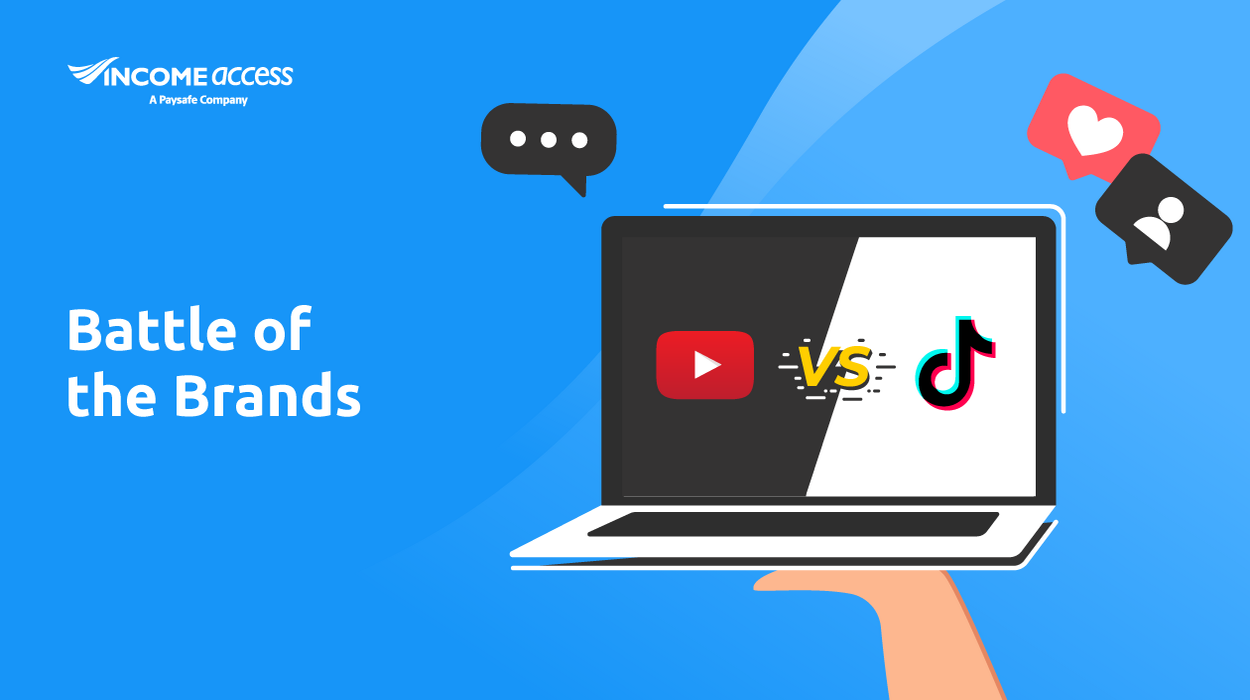
Short-form videos have been dominating the social media landscape now more than ever before. In fact, according to an indsutry report by Hubspot, short-form videos will see the most growth in 2023. The reason is simple, they’re easy to digest and engaging for users! Text lengthy ads are becoming less common now as people crave more visual content. Considering that, the two most popular video-sharing platforms in 2022 are YouTube and TikTok. However, which platform should you use to maximize your ROI?
In this article, we’ll highlight the main benefits of each platform, the differences between the two, and by the end of it, you’ll have a clear understanding of how to navigate your decision-making between both platforms.
50% of social media marketers plan to leverage short-form video for the first time this year, and 95% of those who already use it will increase or maintain their investment.
Let’s start by breaking down YouTube before we tackle TikTok.
YouTube
YouTube is undoubtedly the most popular video-sharing platform online, with over 2 billion monthly users and showing no signs of slowing down. It caters to a wider demography, with roughly 80% of the population between 18-25 years old. YouTube reaches a diverse audience with many interests ranging from sports, news, fashion, food, business, education, entertainment, and more.
There are plenty of audience targeting options you can select from when setting up YouTube Ads. To name a few, you can use keywords, interests, placements, and demographics to optimize your reach. These diverse targeting options help expand your reach so you can optimize your ad and get the maximum ROI. The ad formats you can choose from are non-skippable ads, skippable ads, bumper ads, display ads, and discovery ads. Each of these has its own benefits in using them, depending on your ad goals. Recently, YouTube introduced “Shorts” which are short-form videos that are similar to the ones you can see on TikTok. Creators can now qualify for the Partner Program in 2023 which allows them to earn 45% of ad revenue generated from viewership. This is a better incentive than TikTok, where the ad revenue benefits the advertiser more than the creator.
YouTube ads are 84% more likely to get audience attention than from TV advertising.

TikTok
TikTok is a relatively new platform but has just as much potential as YouTube. It caters to a younger demographic, primarily to Gen Z and Millennial users. There are a variety of different ad formats you can choose such as TopView ads, In-Feed ads, branded hashtags, brand takeovers, and branded effects. The type of content that gets posted is light-hearted, passive, and fast-paced. To increase your ad’s impact, a smart practice would be to align your ad with existing trends or viral challenges as TikTok’s algorithm shows viral videos more often. This space thrives on fast interactions in an easy-going environment so it’s simpler for creators as it requires less of an investment than YouTube. Since it’s newer, there is less competition as not many brands have shifted to TikTok for advertising so there could be an interesting opportunity. However, a drawback is that since it caters to a younger demographic, that could mean that your audience has less purchasing power which can affect your ROI.
Closing Thoughts: So, Which One to Choose?
Overall, YouTube offers a broader reach and more targeting options for your brand to reach its audience but if you’re looking to create brand awareness or target a younger generation, TikTok is a great place to start. If you’re debating on which platform to use, then pick the one that will best target your audience. There’s no harm in trying both platforms simultaneously as they both have their own benefits and when used together, you can fully utilize their potential and achieve greater results.


